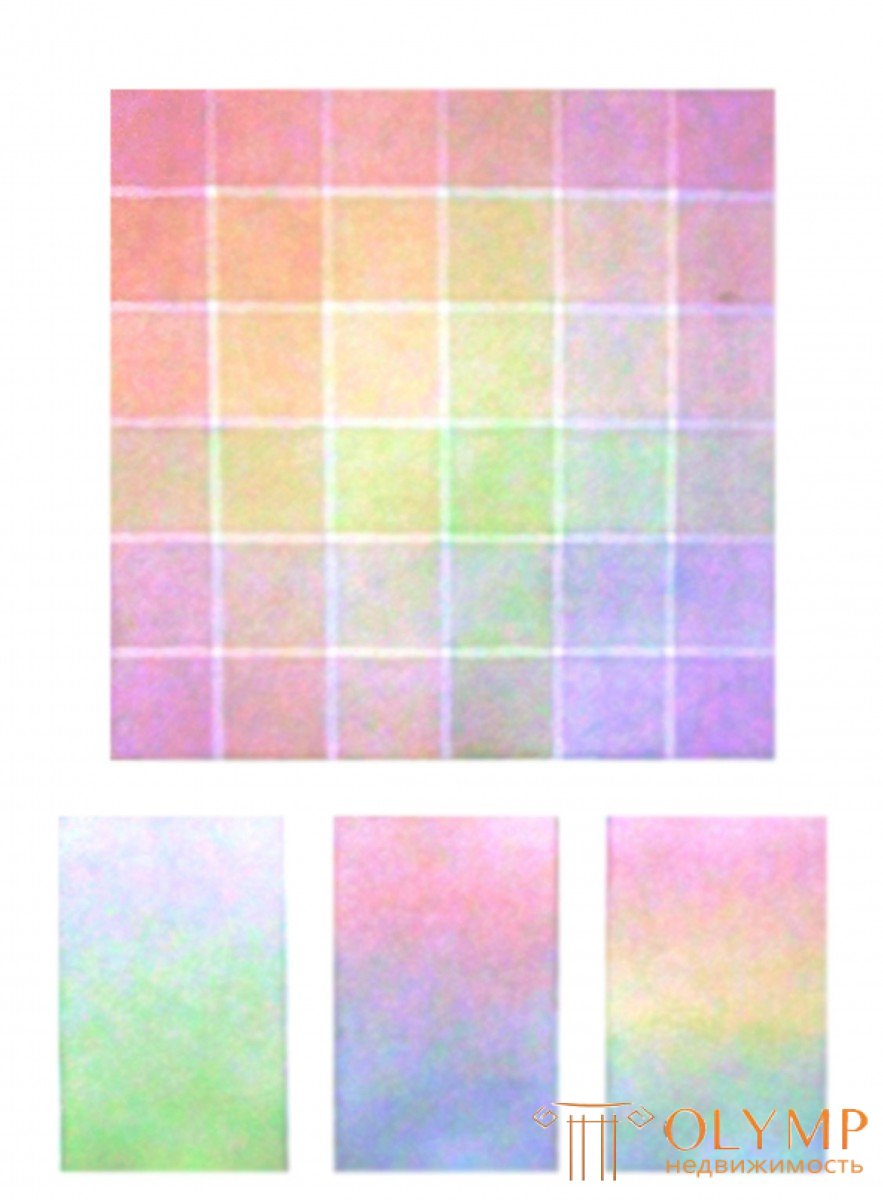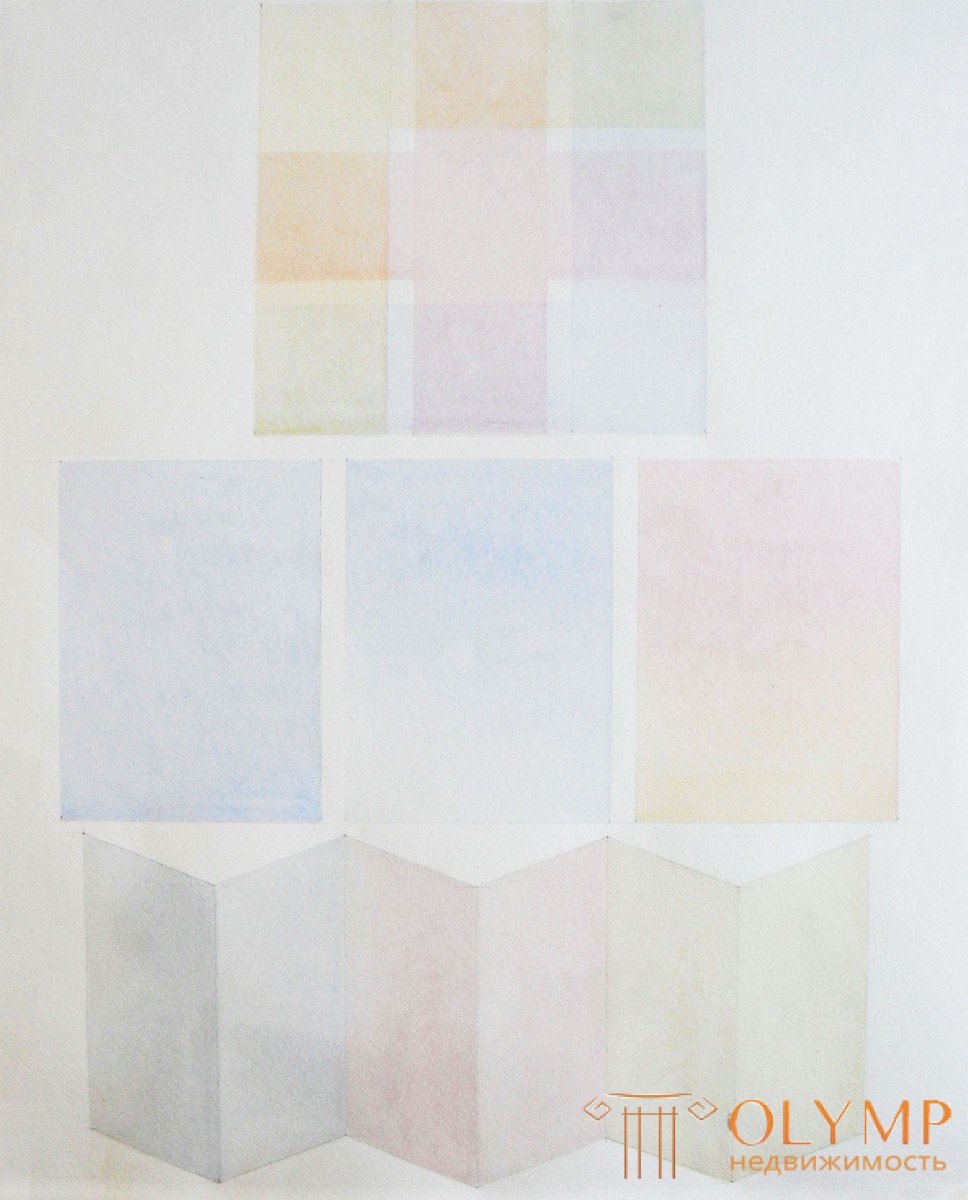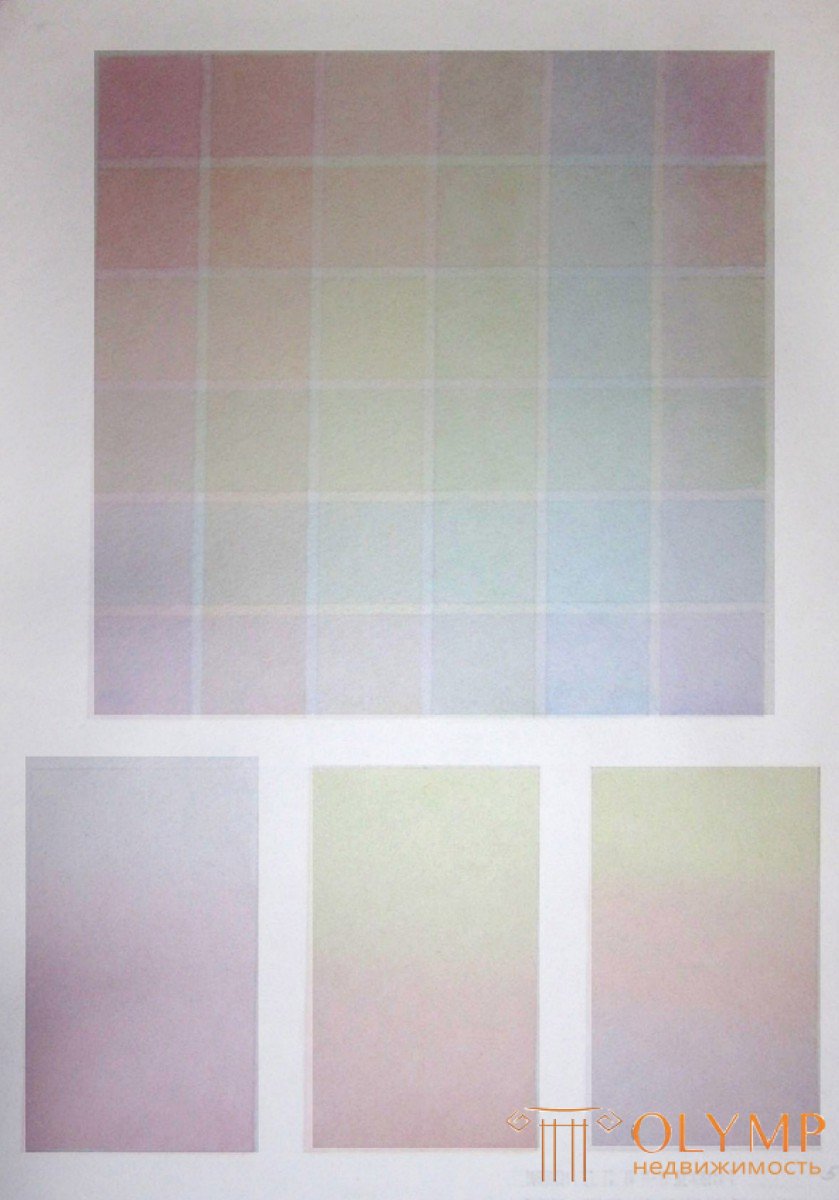
The tonal graphics using the brush wash technique is performed with a brush. Brushes from a soft hair of a squirrel or a column, and also an auricular hair are applied. Brushes of pork bristle are used quite rarely, only to cover large surfaces with covering paints (tempera and gouache). The brushes are divided in shape into round (with a round viscous hair ending), flat (with a flat viscous hair ending), and flaits (brushes with a wide flat viscous hair ending).
The mascara used in project graphics is called Chinese tile (or dry). To obtain a solution, tiled dry mascara is rubbed on the surface of a faience saucer or glass with the addition of a small amount of boiled water. The resulting solution of deep black is necessarily filtered through gauze and cotton three times and stored in a clean glass vessel with a glass stopper. To obtain a solution of varying intensity, dark mascara must be diluted with boiled water in clean vessels. After eating a dry mascara tile, wipe dry.
The carcass washing technique is performed with the condition of making glaze - multiple paper coverage with weak intensity transparent layers of ink. The glaze effect is built on revealing black and white contrasts that are read only on the light surface of the paper.
Execution of washing requires a perfectly flat surface, for which a wet paper sheet is stretched onto a subframe, followed by drying and leveling the surface of the paper. Each layer of the carcass solution moistens the paper, which, after drying, becomes smooth again and does not interfere with the application of the next layer.
Preparation of the surface layer of paper. Before proceeding to a shampoo wash, you should take a clean brush or a piece of soft foam rubber and rinse the surface of the paper with water to clean and moisten its surface before working with ink. It should be noted that any mote on wet paper can spoil its surface, leave a greasy or coloring mark.
The initial stage of the car wash wash. Immediately after the paper dries, the first, very light in tone, ink is applied. It should be remembered that with the glaze, even (without stains and smudges) layers of tone can be obtained only by covering the paper at the beginning of work with light ink solutions. The surface of the paper begins to be covered from the upper left corner by horizontal movement of the brush, which is abundantly moistened with a solution so that a small leak is formed on the lower border of the ink-covered strip. Next, with a zigzag movement of the brush, the spread is lowered down along the surface of the paper, while maintaining the horizontal position of the overflow across the entire width of the surface to be coated. Washing is performed only on the inclined surface of the paper, and the rate of swelling of the solution is regulated by the speed of the brush and the slope. When the required area is covered with mascara, the squeeze formed at the lower boundary of the surface to be coated with a solution and the applied layer of carcass dries out is wrung out with a brush. The required tone power is obtained by repeatedly applying layers of a solution. Thus, a smooth washing surface is achieved, the depth of which depends on the strength and amount of the solution.
For work in the technique of washing, as well as for techniques using pencils with soft slate, coal, sanguine characteristic retouching . The essence of such a graphic technique is the layering of strokes carried out with a stylus, charcoal, sanguine or semi-dry brush strokes. Thinning or thickening the surface of a surface covered with strokes or strokes results in lightening or darkening of image areas. In the tushevoy washing technique of small strokes with a semi-dry brush, it is different in that the work is done with a wet material. The brush is moistened with a mascara solution, the tone of which is much brighter than that which is to be obtained as a result of working on paper. The part of the image that needs to be darkened is filled with strokes. After drying of the first layer of smears, the following layers are applied with the calculation of filling with subsequent strokes of light gaps in the previous layer. The greater the depth of tone necessary to obtain with the help of retouching, the greater the number of stroke layers to put on the surface of the paper. Skills retouching allow you to get a smooth surface tone, smooth transitions from light to dark.


color wash

Что бы оставить комментарий войдите
Комментарии (0)